Leora J. Goodin
I'm a blogger dedicated to sharing insights on lifestyle and wellness. Through personal stories and practical tips, I aim to inspire and empower my readers to lead healthier, more fulfilling lives.
Black Friday and Cyber Monday 2023 Deals for Motion Designers, grab it now!
Students and teachers save a massive 71% on Creative Cloud All Apps
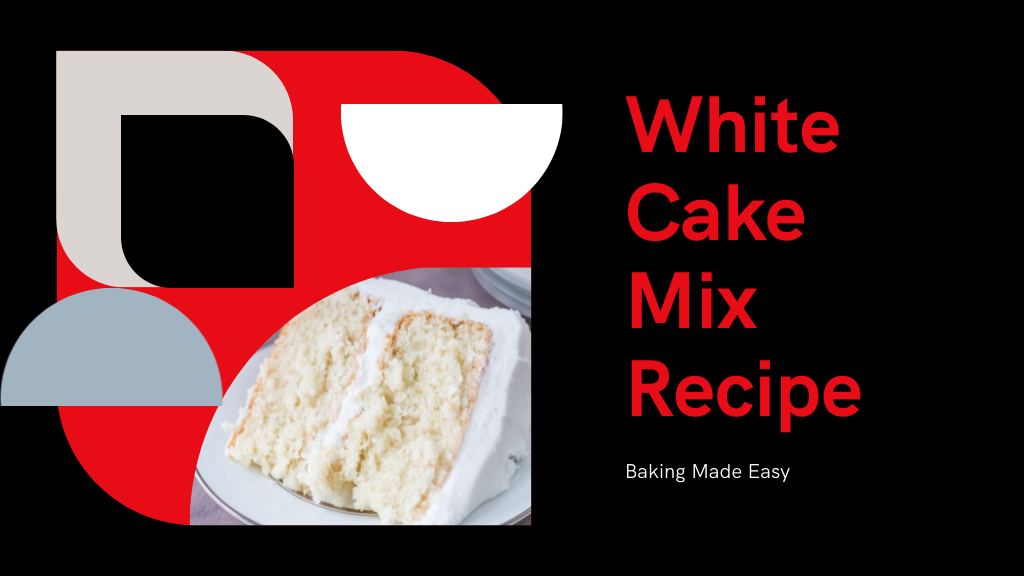
Never underestimate the power of precise ingredients and mixing techniques for the perfect white cake mix; discover the secrets to flawless baking inside.
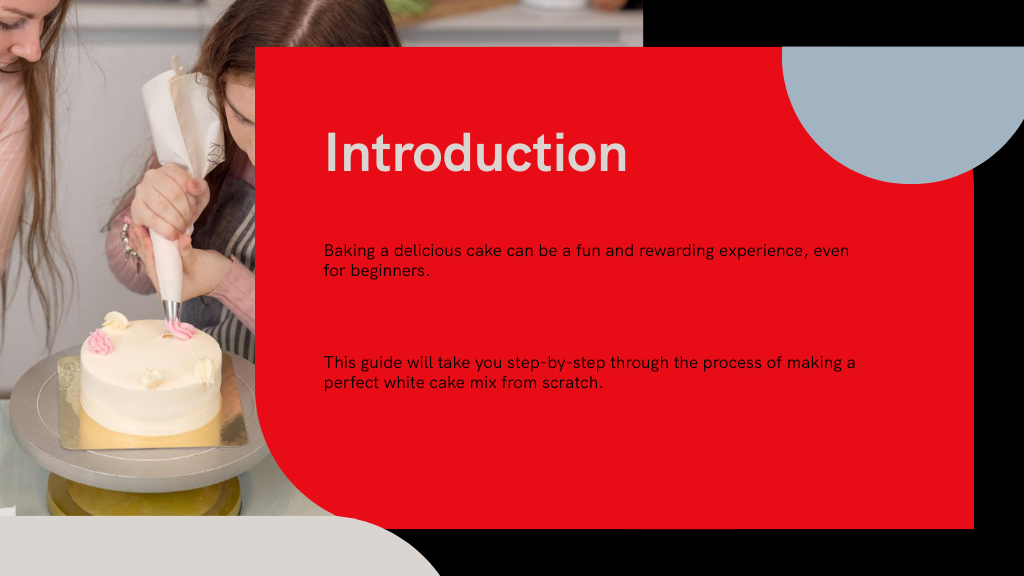
To make the perfect white cake mix, first gather and precisely measure your dry ingredients like cake flour, sugar, baking powder, and salt. Thoroughly combine these, then soften the butter to mix into the dry ingredients until crumbly. Add wet ingredients like eggs and vanilla just before baking. Mix the batter until light, but don’t overwork it. Choose the proper pan and bake at 350°F, checking doneness with a toothpick. Keep following these steps to discover all the secrets for a moist, fluffy cake.
Before you begin, make certain you’ve gathered all the ingredients needed for the perfect white cake mix: cake flour or all-purpose flour, granulated sugar, baking powder, fine salt, softened unsalted butter, eggs, and oil.
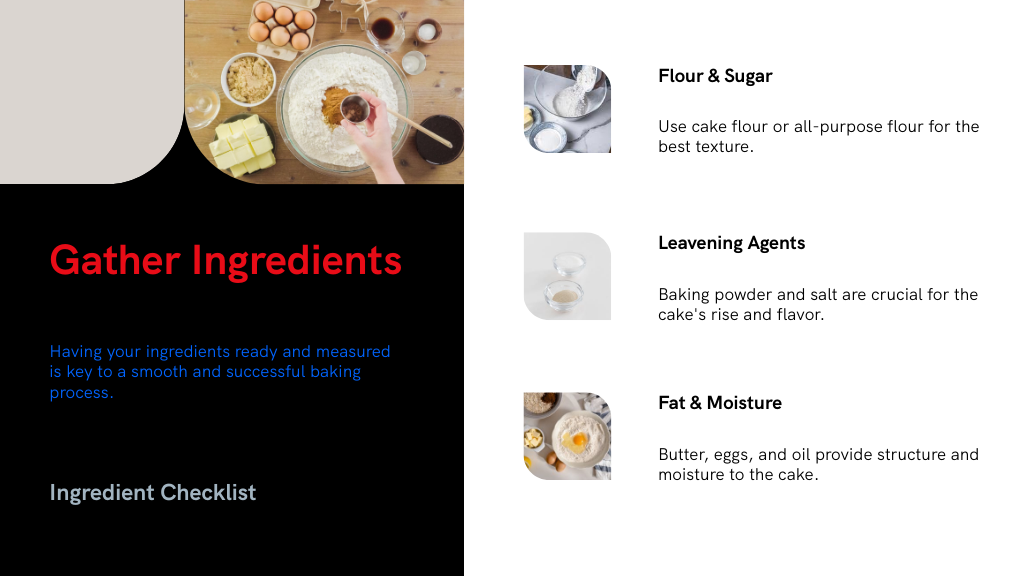
For a moist white cake recipe, using quality ingredients is key. You'll need 2¾ cups cake flour (or 2½ cups all-purpose flour), 1½ cups granulated sugar, 4 teaspoons baking powder, and 1 teaspoon fine salt.
Don’t forget 4 tablespoons of softened unsalted butter to blend with the dry mix, plus eggs and oil to add structure and moisture. Fresh baking powder guarantees your cake rises perfectly.
Having these measured and ready will set you up for a smooth baking process and a delightfully moist white cake recipe every time.
Although it might seem minor, measuring your dry ingredients precisely is crucial to achieving the perfect texture and rise in your white cake. To get it right, use a kitchen scale for the most accurate results, especially with flour.
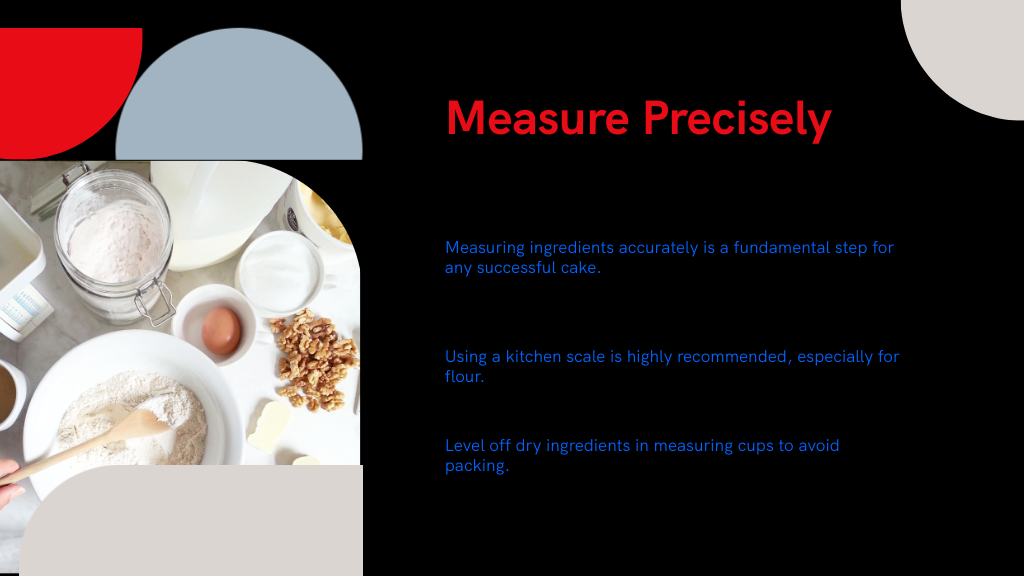
When measuring flour by volume, spoon it lightly into your dry measuring cup and level it off with a straight edge to avoid packing, which can make your cake dense. For smaller ingredients like baking powder and salt, measuring spoons guarantee you add just the right amount, preventing any off flavors or poor rise.
Using standardized dry measuring cups and spoons helps keep your white cake mix recipe consistent every time. Remember, accuracy here makes all the difference.
Once you've measured your dry ingredients precisely, it's important to mix them well to guarantee everything is evenly distributed. Whisking or sifting the flour, sugar, baking powder, and salt helps prevent lumps and promotes a consistent texture. This step sets the foundation for a perfectly balanced cake every time.
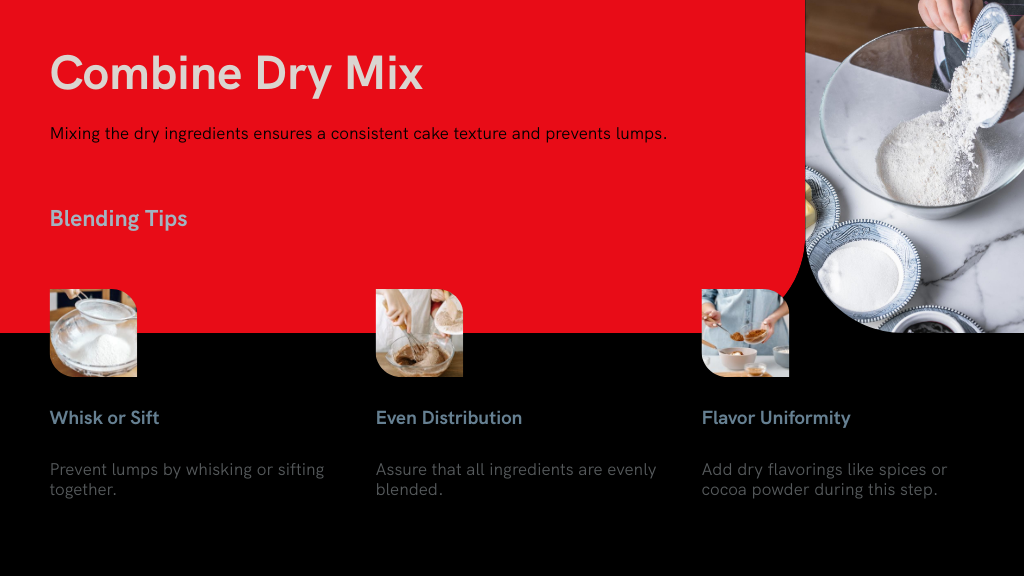
Three key steps will help you measure and combine your dry ingredients properly for a perfect white cake mix: weighing the flour with a kitchen scale, sifting the ingredients together to aerate the flour, and thoroughly whisking the flour, baking powder, and salt in a separate bowl to guarantee even distribution before mixing with wet ingredients.
Using a scale guarantees accuracy since a cup of flour can vary widely in weight. Sifting prevents clumps and contributes to a lighter texture. Whisking these ingredients separately guarantees your leavening agents are evenly spread, which is essential for a great white cake recipe with consistent rise and crumb.
Avoid leveling errors when measuring baking powder by using a straight edge for precision. Following these steps sets the foundation for a flawless cake every time.
When you combine your dry ingredients thoroughly using a whisk or sifter, you assure even distribution and prevent clumps that can affect your cake’s texture.
For your white cake mix, start by measuring flour, baking powder, and salt accurately. Then, whisk or sift them together to assure they’re fully blended.
Don’t forget to mix the granulated sugar in with the flour mixture—it helps keep sugar from clumping during mixing. If you’re adding dry flavorings like cocoa powder or spices, incorporate them now to spread the flavor evenly throughout your cake.
This even distribution promotes uniform rising and a consistent crumb, giving your white cake mix the perfect light and fluffy texture every time. Taking these simple steps makes a big difference in your final bake.
Before you start mixing, make sure your butter is softened to room temperature—it should feel pliable but not melted. To speed this up, cut the butter into small pieces, so it softens evenly without turning greasy. Using unsalted butter is best for your plain white cake, as it lets you control the salt level precisely in the recipe.
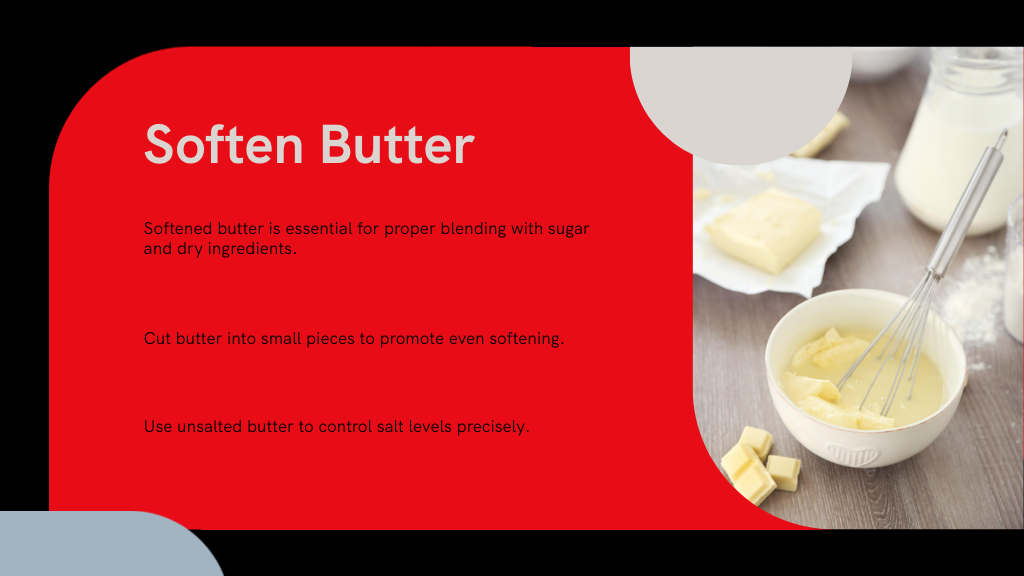
Remember, the key to a light, fluffy cake is properly softened butter that creams well with sugar. If the butter’s too soft or melted, your batter could become greasy, affecting the cake’s texture and rise.
Make sure your butter is softened to room temperature before you start blending it into the dry ingredients. You'll want to cut the butter in until the mixture looks like a fine crumb with no large chunks left. This step is key to creating a light texture and ensuring your cake bakes evenly.

Although blending butter into dry ingredients might seem simple, it's key to achieving a fine crumb in your white cake.
When making a white cake from scratch, you want to use a pastry blender to cut softened butter into the flour and sugar until the mixture looks like fine crumbs or sand. This even distribution of fat helps retain moisture and keeps the cake light and fluffy.
The butter-to-flour ratio should be about 1:7 for the best texture and flavor. Properly incorporating butter prevents gluten from forming excessively, which would make your cake dense.
Getting the butter to the right temperature is just as important as cutting it properly into your dry ingredients. For your basic white cake recipe, using softened butter—around 65°F (18°C)—ensures it blends smoothly with sugar and dry ingredients. This softness allows the butter to trap air during creaming, creating a light, airy batter essential for a fluffy cake.
If the butter’s too cold, it won’t incorporate well, resulting in a dense, uneven texture. To get it just right, cut the butter into small pieces and let it sit at room temperature for about 30 minutes before mixing. Proper butter temperature is key to achieving that perfect crumb and texture in your white cake every time.
Since maintaining freshness is key, you should store your homemade cake mix in an airtight container or a gallon-size ziplock bag to keep moisture out and preserve its quality for up to a couple of months.
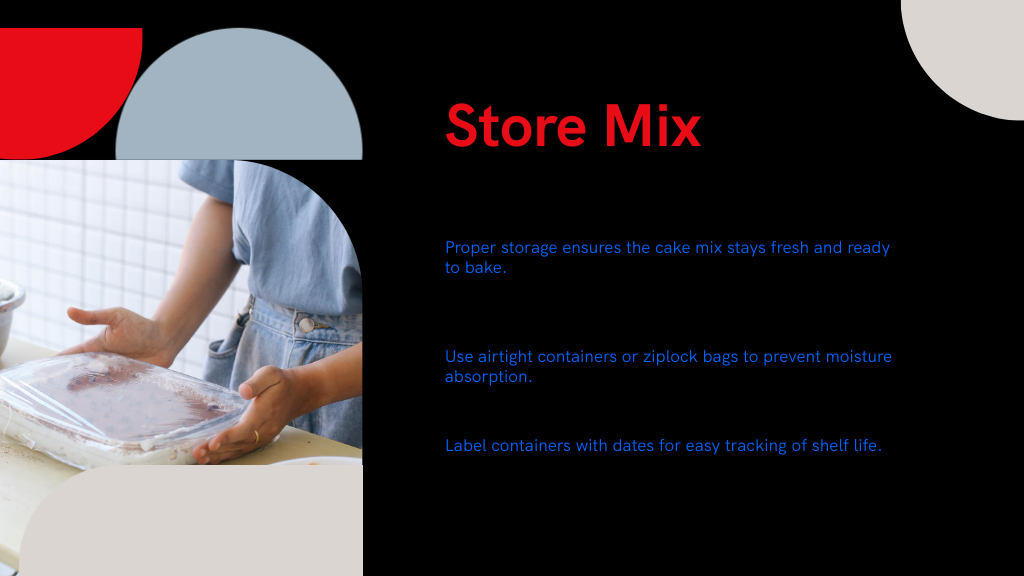
If you’re omitting butter for cupboard storage, make certain the dry ingredients are well combined for even baking results. Label the container with the preparation date so you can track its shelf life and use it while fresh. For longer storage, freezing the mix is a great option—it extends shelf life without sacrificing convenience.
Before you bake, always check your cake recipe from the cake mix for any signs of spoilage or clumping, as these can affect your cake’s texture and flavor. Proper storage guarantees your cake turns out perfect every time.
You’ll want to add your wet ingredients right before baking to keep everything fresh and effective. Making certain they’re at room temperature helps the batter come together smoothly. Storing your dry mix properly until then guarantees your cake turns out perfectly every time.
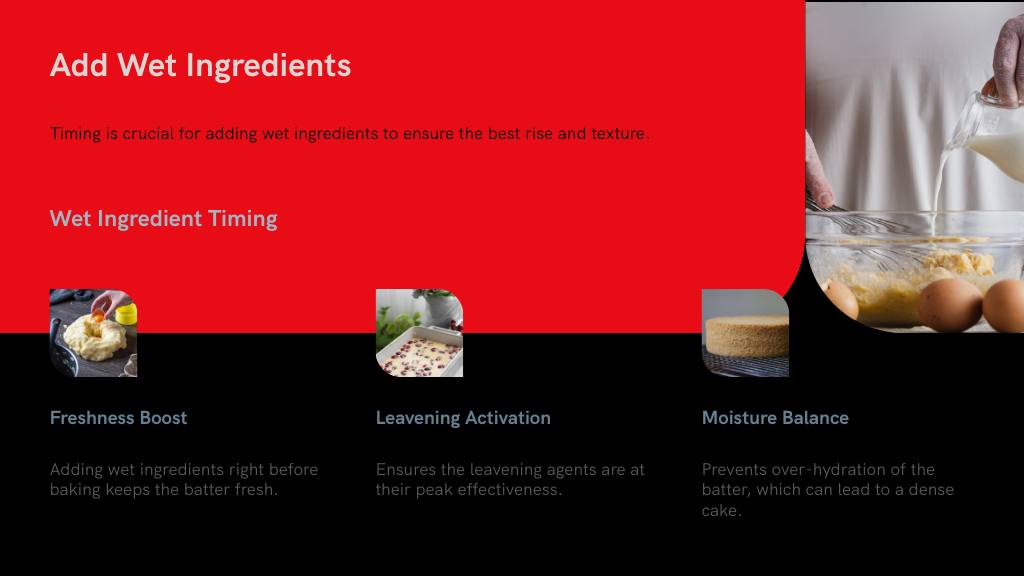
Although it might be tempting to mix the wet ingredients early, you should add them right before baking to confirm your cake rises perfectly.
For an easy white cake, this timing is essential because the leavening agents activate best when wet ingredients like milk and eggs are freshly combined with the dry mix. If you mix them too soon, the batter gets overly hydrated, which can weigh down your cake and affect the texture.
To avoid this, prepare your dry ingredients ahead and keep your wet ingredients at room temperature for smoother blending. Then, just before pouring the batter into the pan, combine both for the ideal consistency. This guarantees your cake batter is fresh, light, and ready to rise into a fluffy, tender white cake every time.
When you add the wet ingredients to the dry mix just before baking, you make certain the leavening agents work at their peak, giving your cake the best rise and texture.
With a white cake mix, freshness is key because ingredients like baking powder lose potency over time, which can lead to a dense, flat cake if the batter sits too long.
To keep the batter light and airy, prepare your wet ingredients ahead and mix them into the dry ingredients immediately before baking. This timing guarantees the chemical reactions responsible for leavening happen at their strongest. Also, be sure to combine all dry ingredients thoroughly first.
Keeping your dry white cake mix fresh before you add any wet ingredients plays a big role in the final outcome of your cake. To maintain freshness, store the cake mix in an airtight container or a gallon-size ziplock bag. Make sure to keep it in a cool, dry place to avoid moisture absorption, which can ruin the texture and flavor.
When you’re ready to bake, bring all ingredients, like eggs and butter, to room temperature for better blending. Only add wet ingredients right before mixing to achieve the best results.
While prepared cake mix can be refrigerated for short-term storage, it’s best to use it within a couple of months. Following these tips will help you nail your favorite cake mix white cake recipes every time.
Start by creaming the softened butter and sugar together until the mixture becomes light and fluffy, which usually takes about 3 to 5 minutes with an electric mixer on medium speed.
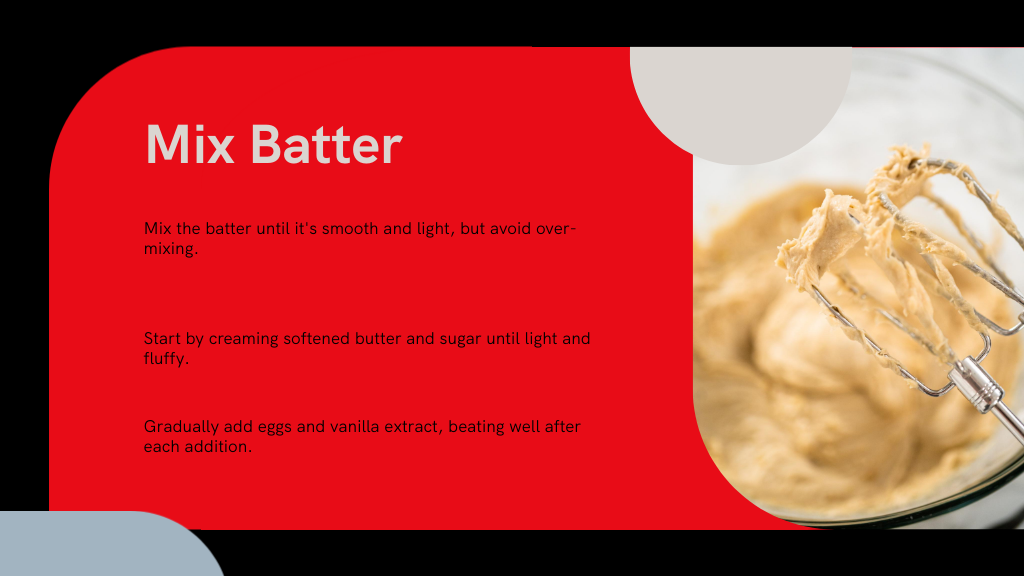
Cream softened butter and sugar until light and fluffy, about 3 to 5 minutes on medium speed.
Next, gradually add eggs one at a time, beating well after each addition to keep your white cake batter airy. Mix in the vanilla extract until fully combined.
In a separate bowl, whisk the dry ingredients, then alternate adding them with milk to the butter mixture. Mix just until smooth—overmixing can toughen your cake.
Remember to scrape down the sides of the bowl frequently to guarantee even mixing. Following these steps will give you a light, smooth batter that's perfect for baking a moist, tender white cake every time.
Once your batter is smooth and light, the next step is picking the right baking pan to guarantee your cake bakes evenly and rises properly.
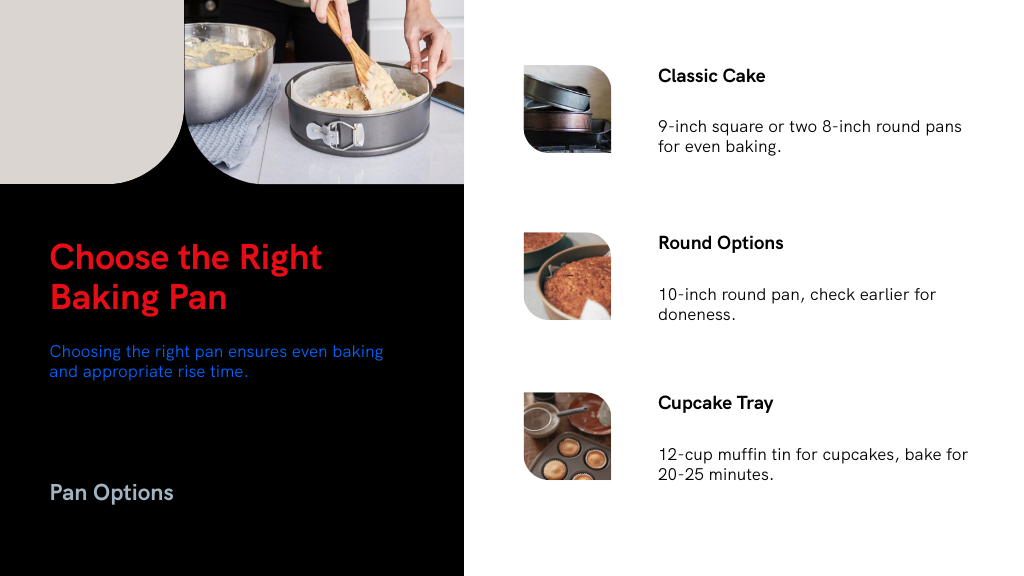
For a classic white birthday cake, a 9-inch square or two 8-inch round pans work best, ensuring an even bake and good rise. You can also use a 10-inch round pan, but check your cake 5-10 minutes earlier than the recipe suggests to avoid overbaking.
If you opt for a 9 x 13-inch pan, expect a different texture and a longer baking time of 35-45 minutes. Don’t forget to grease and flour the pan well to prevent sticking.
For cupcakes, a 12-cup muffin tin is ideal, baking for 20-25 minutes, as they need less time than a full cake.
Although it might be tempting to rush, baking your white cake at the correct temperature and for the right amount of time is vital to achieve a light, fluffy texture and even rise.
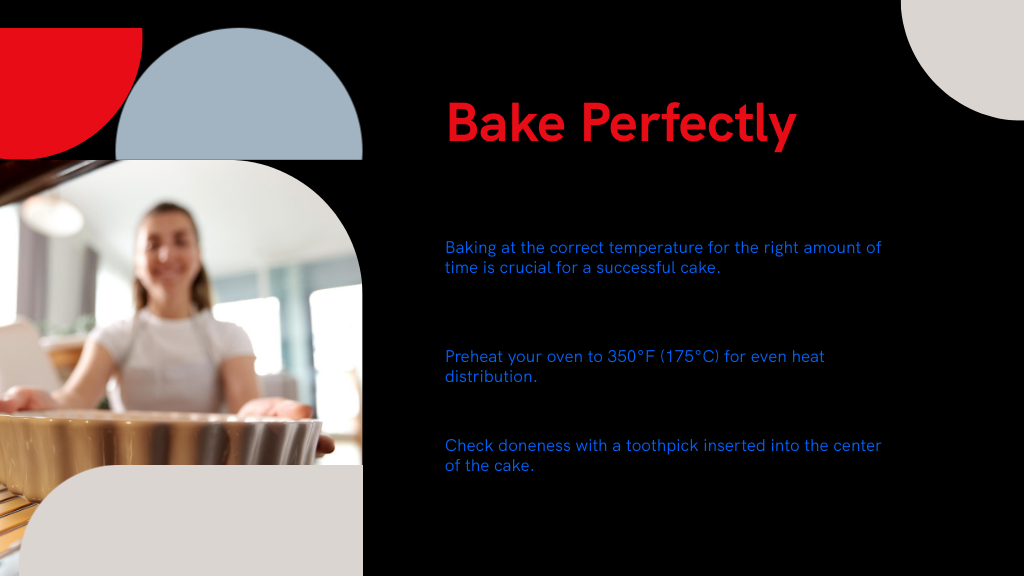
For the top rated white cake recipe, follow these key steps:
Accurate oven temperature is essential for perfect results every time.
Now that you’ve followed these simple steps, you’re just moments away from biting into the perfect white cake. But here’s the twist—don’t rush to peek in the oven too soon. That golden, fluffy masterpiece is quietly coming to life, and patience will be your secret ingredient. When you finally pull it out, you’ll realize all the careful measuring and mixing was totally worth it. Get ready to impress!

Your email address will not be published. Required fields are marked *